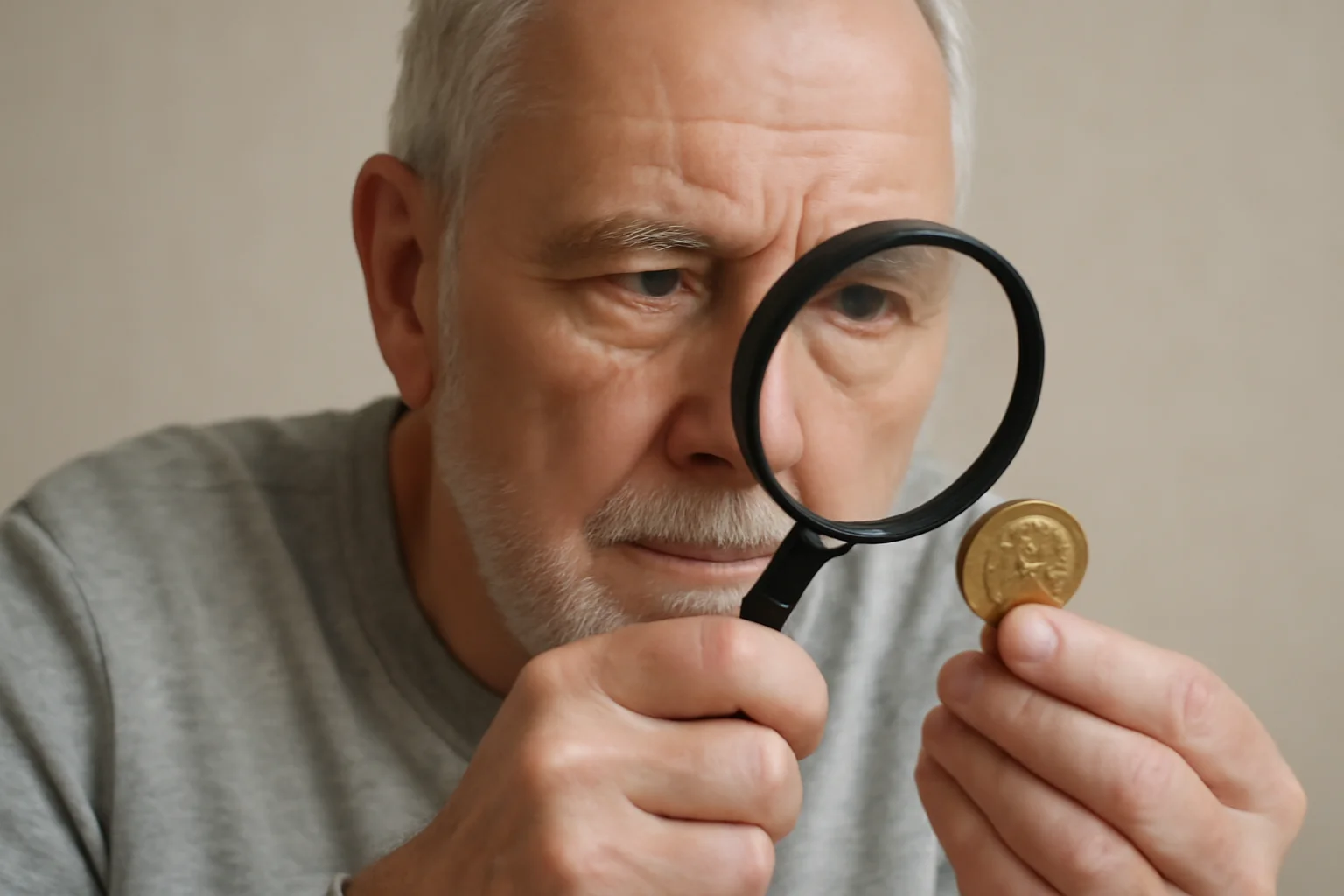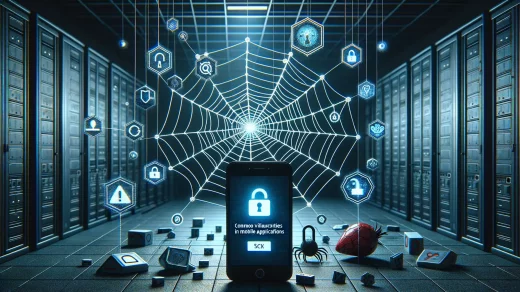One day you find an old quarter in your wallet – a 1966 25-cent piece. It seems like nothing unusual: a faint sheen, the familiar profile of George Washington…. But is it worth putting it into circulation right away?
Despite the fact that the 1966 quarter value may seem insignificant at first glance, in reality such a coin may hide rare varieties, minting errors or even be part of a special collector’s set.
This is why we will talk more about how to properly check a 1966 quarter: what to look out for, what signs may indicate rarity, how to use modern tools to assess value and whether the coin is worth selling or keeping.
What You Need to Know about the 1966 Quarter before Taking Action
Before rushing to sell, store, or clean your 1966 quarter, it is important to understand exactly what you are dealing with. Not every old coin is rare, but some of them are more valuable than they appear at first glance. The 1966 quarter sits in an interesting place in U.S. coin history in a time of change for American currency. Below you can understand the historical, material, and collector-specific context of the coin to make smart decisions when moving forward.
Brief History of the Release
The mid-1960s marked a turning point in U.S. coinage. In 1965, due to a nationwide silver shortage (often called the “silver crisis”) the U.S. Mint was forced to stop using 90% silver in dimes, quarters, and half dollars. Thus, the public began hoarding silver coins, and to combat this behavior, the Mint took a bold step.
From 1965 to 1967, mint marks were removed from all circulating coins: this meant no “D” for Denver, no “S” for San Francisco, and no “P” for Philadelphia – in fact, no marks at all. So if you’re wondering why your 1966 quarter doesn’t have a mint mark, rest assured: it is not an error. It was an intentional move to prevent people from favoring coins from specific mints during a period of economic sensitivity.
Composition and Design
Unlike pre-1965 quarters, the 1966 version contains no silver. It is made of a copper-nickel clad composition – a copper core sandwiched between two layers of nickel alloy. This change was essential for reducing production costs while keeping coins durable for circulation.
- Weight: 5.67 grams
- Diameter: 24.3 mm
In terms of appearance, the obverse (front) features George Washington, a design introduced in 1932 by sculptor John Flanagan to honor Washington’s 200th birthday. The reverse shows a spread-winged eagle clutching arrows – a symbol of strength and defense, surrounded by olive branches to represent peace. The design remained unchanged for decades.
Why the Coin Might Be Valuable
Though hundreds of millions were produced, not all 1966 quarters are created equal. Here’s what might make yours special:
- High-grade specimens (Mint State 65 and above) are far less common and can fetch a premium at auction.
- Minting errors including double dies, off-center strikes, and clipped planchets – can increase a coin’s value greatly.
- Special Mint Set (SMS) versions, created with enhanced striking quality for collectors, stand apart from regular circulation strikes. These SMS coins often display stronger details and a satin-like finish.
Step-by-Step: How to Identify Value in Your 1966 Quarter
So you’ve found a 1966 quarter in your pocket change, an old drawer, or a family coin jar. Before you toss it back into circulation or assume it is worthless, follow these important first steps. These coins may not be made of silver, but their value could still surprise you – especially if they are in exceptional condition or feature unique minting errors. Here is how to begin your hunt for jewels.
Step 1: Check the Coin’s Condition (It Matters More Than You Think)
The first and most important factor in determining a coin’s worth is its condition – known in the numismatic world as its grade. Hold your quarter under a bright light or magnifier and ask yourself:
- Are all the design details (like Washington’s hair or the eagle’s feathers) crisp and sharp?
- Does the coin have a smooth, satin-like surface (a clue that it might be from a Special Mint Set)?
- Are there any noticeable scratches, jags, or discoloration?
A shiny, unscratched coin has far more potential than one that’s been bouncing around change jars for decades. Don’t scrub it – if it is dirty, rinse it gently with warm water and pat dry with a soft cloth. Even tiny scratches can diminish collector value. Coins that appear nearly uncirculated may deserve a professional evaluation.
Then you should also check another point – material of the piece. The coin is made of copper-nickel clad, not the silver used in earlier issues. But here is an interesting fact: rare test strikes or misstrikes from leftover silver planchets occasionally slipped through quality control. Try a simple “ping test” – drop the coin gently on a wooden surface. A silver coin emits a high, bell-like ring, while a clad coin sounds duller. It is not foolproof, but it is a fun way to spot something unusual.

Step 2: Look for Errors (These Can Be Jackpot-Worthy)
Once you’ve confirmed it is a typical 1966 quarter with no mint mark and clad material, the real fun begins: checking whether it might be valuable due to minting anomalies or collector-grade quality.
Look for Minting Errors
Error coins are like printing mistakes on money – they are rare, often unintentional, and can skyrocket in value. Keep an eye out for:
- Off-center strike: The design is shifted, leaving part of the blank visible.
- Double die obverse: Text or Washington’s image looks faintly doubled — this one’s highly sought after.
- Clipped planchet: A curved piece of the coin is missing, usually at the edge. These clips result from misfeeds during blank cutting.
Then try to examine high-quality strikes. Coins that show no wear and retain mint luster are graded on the Mint State scale. A genuine MS65+ quarter from 1966 can fetch $15 to $50 or more, depending on market demand.
As for special mint set (SMS) coins, they were struck specifically for collectors and are easily identified by their satin-like, often mirrored finish. While not intended for circulation, some ended up in pocket change over time.
Tip: Use a jeweler’s loupe or magnifying glass to examine lettering and edges – especially the motto “IN GOD WE TRUST,” “LIBERTY,” and the date. Crisp edges and strong strikes might indicate an SMS coin, even outside of its original set.
Step 3: Use Modern Evaluation Tools
So, you’ve got a 1966 quarter in your hands and a hunch it might be worth something. Great – now it is time to switch gears from hopeful collector to savvy investigator. Fortunately, modern tools make this process far easier than it was just a decade ago. Your smartphone, paired with the right resources, can help you confirm whether you’ve stumbled upon a common coin or a valuable standout.
Compare with Trusted Coin Catalogs
First of all, you can start with trusted online databases like PCGS (Professional Coin Grading Service) and NGC (Numismatic Guaranty Company). These websites are considered industry gold standards. You will find high-quality photos of graded coins for comparison; price guides based on real auction results; descriptions of known errors and varieties, grading scale explanations to help you judge condition accurately
Pay close attention to small details: the way the letters are spaced, any doubling on the date, or minute imperfections that could signal a rare mint error.
Interesting fact: A coin with a tiny die crack or faint doubling might not look special but in the right condition, it can multiply its value tenfold.
Use the Coin ID Scanner App
The Coin ID Scanner app makes coin identification fast, easy, and reliable. Just take a clear photo of your coin, and the built-in AI will analyze the image, compare it to a massive database, and give you instant results. The app can identify your coin and provide a wealth of information: the year and country of issue, design features, and historical background. The app also estimates the market value based on condition and rarity, helping collectors make informed decisions.
Key features of the Coin ID Scanner app include:
- A database of over 150,000 coins from around the world, including rare and error varieties
- Real-time value estimates and grading assistance
- A built-in AI assistant offering expert guidance and collecting tips
- Secure data protection and user privacy

Step 4: Decide — Keep or Sell
Once you’ve verified what you have, it is decision time. Are you holding onto it as part of a budding collection, or cashing in on your discovery?
- Sell: Turn Your Find into Profit
If the coin has genuine value, especially if it’s high-grade or has an error, selling could be rewarding. Popular selling options include: eBay (ideal for reaching a wide audience), specialized auctions like Heritage or Stack’s Bowers or certified coin dealers and shops.
Tip: Make sure your coin is photographed clearly from both sides, and include any documentation (grading, appraisal, expert comments). A professionally graded coin (e.g., slabbed by PCGS/NGC) usually gets a better price.
- Keep: Build or Protect Your Collection
Sometimes patience pays off. If your 1966 quarter is uncirculated, is part of an SMS set, or has an unusual shape, storing it may increase its value in the future. So, you need to store it with care, e.g. use an airtight plastic capsule or acid-free coin flip, avoid handling it with bare fingers and wear cotton gloves and keep it in a cool, dry place away from light and moisture.
Even if it is not worth much today, preserving it properly means it will stay in top shape for future evaluation – or even to pass down to the next generation of collectors.
A Small Coin with Big Potential
Who knew that an ordinary-looking 1966 quarter could hold so much possibility? And the way of evaluating your coin can be both fun and rewarding. Whether you decide to cash in or hold onto it, you’ve gained something even more valuable – numismatic knowledge and a deeper appreciation for the coins we often overlook. Sometimes, jewels is not buried but waiting for you in your change jar.





